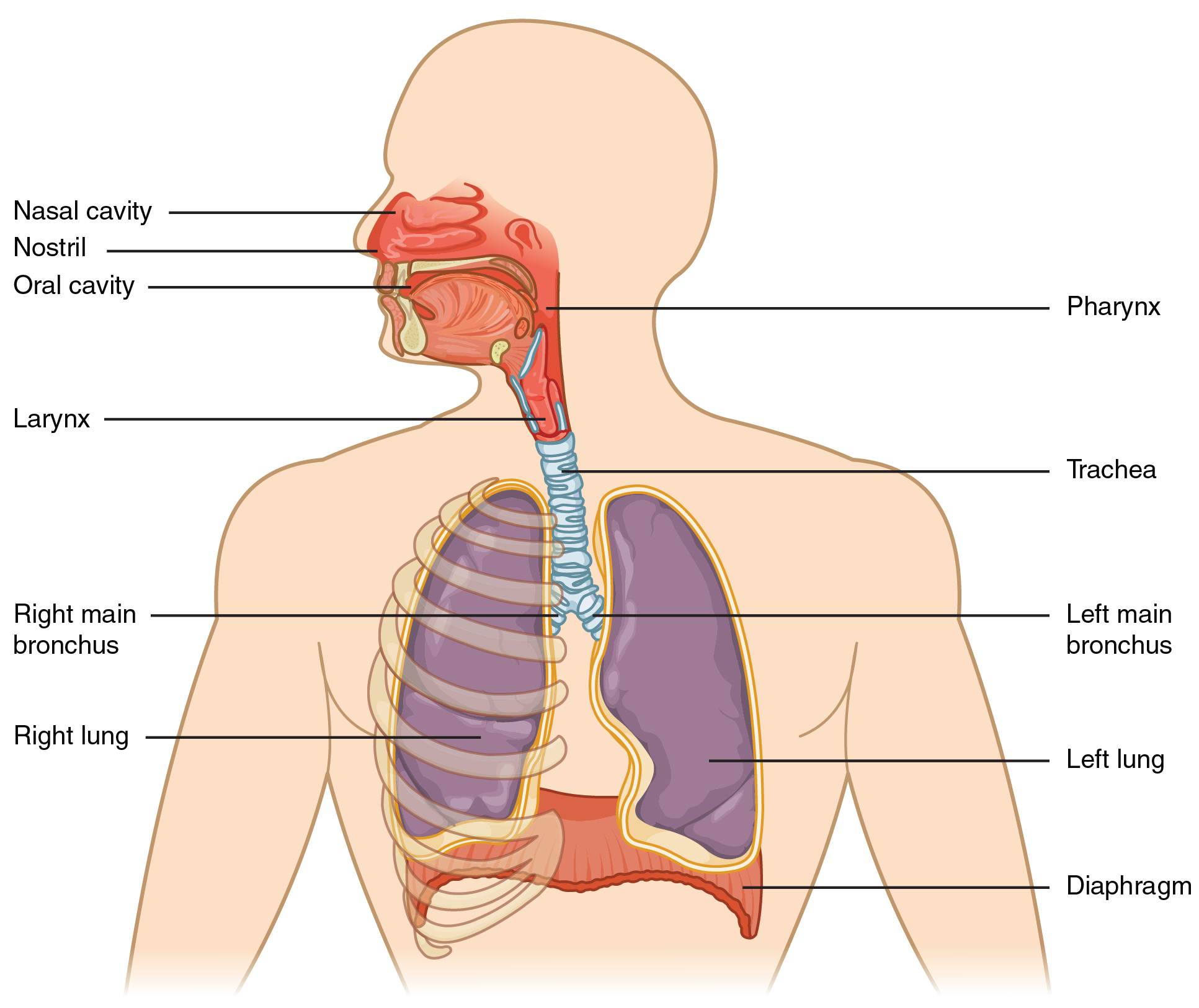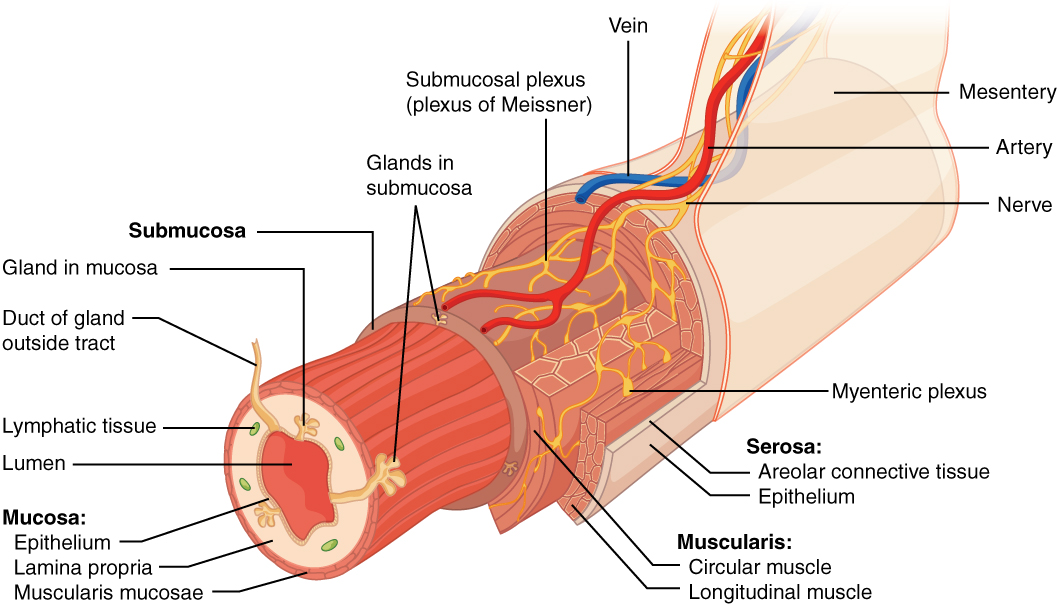Difference Between Hemoptysis and Hematemesis
Hemoptysis is coughing up of blood. Hematemesis is vomiting up of blood.

What is Hemoptysis?
Definition:
Hemoptysis is when a person is coughing up blood from the lower regions of the respiratory system, usually indicating a problem related to the respiratory or cardiovascular system.
Symptoms:
The person coughs up blood on its own or coughs up mucus that is streaked with blood. The blood is bright red and foamy in hemoptysis.
Diagnosis:
The condition is diagnosed by examining expectorate of the person for evidence of blood and taking a history in which the person mentions hemoptysis. Besides recognizing a person has hemoptysis, it is important to know why they have the condition. To this end, a range of tests can be done including a lung scan or biopsy, chest X-rays, blood counts, bronchoscopy, and CT scans of the chest. Sputum can be collected and cultured to test for infections such as TB.
Causes and complications:
There are several reasons why a person may cough up blood including such respiratory conditions as pneumonia, tuberculosis, bronchiectasis, and cystic fibrosis. Simply coughing too hard and too much can lead to some bleeding due to microscopic vessels breaking; this can occur when a person has a respiratory illness. A pulmonary embolism, lung cancer, and even cardiovascular disease can also lead to hemoptysis. Bleeding may be mild or in extreme cases, severe. It is when hemorrhage is uncontrolled that the risk of death is increased and treatment to stop the bleeding becomes urgent and necessary.
Treatment:
The treatment depends on the cause, and in some cases, the bleeding stops on its own when the underlying cause is corrected. In cases with severe bleeding, a doctor may need to stop the bleeding by blood vessel embolization, which is done by passing instruments through a bronchoscopy. In situations where there is bleeding due to coughing from infection, the doctor may prescribe steroids to decrease inflammation; antibiotics may be given if a bacterium is causing the infection.

What is Hematemesis?
Definition:
Hematemesis is when a person vomits blood, usually indicating bleeding in the digestive system. People may confuse this term with hemoptysis but it is bleeding from a different system of the body.
Symptoms:
The person vomits blood that is either bright red in color or looks a lot like coffee grounds. The individual may faint or feel lightheaded due to a drop in their blood pressure, if the bleeding is severe.
Diagnosis:
The person reports vomiting blood. Several tests can be done to diagnose why the hematemesis occurs, besides taking the patient’s history, an esophagogastroduodenoscopy can be done to examine the esophagus and stomach.
Causes and complications:
The most common causes of vomiting blood are problems in the gastrointestinal system. A peptic ulcer, gastritis, and malignant stomach tumors all are causes of hematemesis. Gastric varices or esophageal varices are when blood vessels swell up and burst in the stomach and esophagus; this happens in liver failure. A Mallory–Weiss tear is when part of the esophagus tears due to the force of vomiting or even coughing, resulting in bleeding. Alcohol and NSAID drugs badly inflame the stomach and have been implicated as causing hematemesis. Bleeding can be dangerous leading to anemia but most importantly, shock due to blood loss, which could lead to death.
Treatment:
Hematemesis can be dangerous and often the doctor needs to use endoscopy to locate the source of bleeding and stop it. The way bleeding is stopped is usually by injection sclerotherapy or endoscopic band ligation. The sclerotherapy procedure is when a substance is injected into a blood vessel that causes the blood to clot. Band ligation is when an elastic band is put around a bleeding vein, and is often how bleeding esophageal varices are treated.
Difference between Hemoptysis and Hematemesis?
Definition
Hemoptysis is the coughing up of blood. Hematemesis is the vomiting up of blood.
Causes
The causes of hemoptysis include certain respiratory infections such as cystic fibrosis, pneumonia, or tuberculosis; additional causes include lung cancer, cardiovascular disease, and pulmonary embolism. The causes of hematemesis include stomach cancer, peptic ulcer, gastritis, and liver failure.
Appearance of blood
In the case of hemoptysis, the blood that is coughed up appears bright red in color and has a frothy consistency. In the case of hematemesis, the blood either looks bright red if it is an active bleed, or else it has the consistency and appearance of coffee grounds if it is from an older bleed.
Diagnosis
A physical exam, chest X-ray, bronchoscopy, and CT scan can be helpful in diagnosis of the cause of hemoptysis. A physical exam, patient history, and esophagogastroduodenoscopy can be used for diagnosis of the cause of hematemesis.
Treatment
The treatment options for hemoptysis include blood vessel embolization, steroids, and antibiotics. The treatment options for hematemesis include injection sclerotherapy and endoscopic band ligation.
Table comparing Hemoptysis and Hematemesis

Summary of Hemoptysis Vs. Hematemesis
- Hemoptysis and hematemesis are related in that they both indicate a pathological condition and involve unusual bleeding.
- Hemoptysis is not always dangerous and can even happen from excessive coughing.
- Hematemesis can be quite dangerous if it is a lot of bleeding as can occur with tears or bleeding of esophageal or gastric varices.
- Treatment options for both hemoptysis and hematemesis depend on knowing the cause of the bleeding which needs to be diagnosed first.
- Difference Between Rumination and Regurgitation - June 13, 2024
- Difference Between Pyelectasis and Hydronephrosis - June 4, 2024
- Difference Between Cellulitis and Erysipelas - June 1, 2024
Search DifferenceBetween.net :
Leave a Response
References :
[0]Ittrich, Harald, et al. "The diagnosis and treatment of hemoptysis." Deutsches Ärzteblatt International 114.21 (2017): 371.
[1]Palmer, K. "Management of haematemesis and melaena." Postgraduate medical journal 80.945 (2004): 399-404.
[2]Wilson, I. Dodd. "Hematemesis, Melena, and Hematochezia." Clinical Methods: The History, Physical, and Laboratory Examinations. 3rd edition. Butterworths, 1990.
[3]Image credit: https://ecampusontario.pressbooks.pub/app/uploads/sites/653/2019/11/2301_Major_Respiratory_Organs.jpg
[4]Image credit: https://commons.wikimedia.org/wiki/File:2402_Layers_of_the_Gastrointestinal_Tract.jpg
